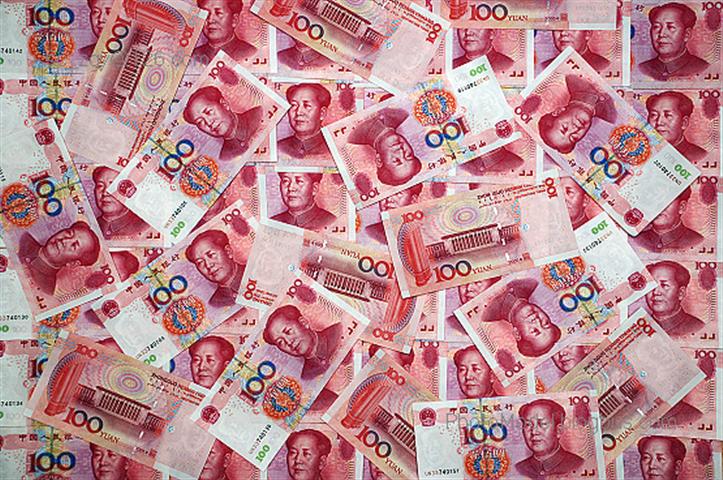For those new to the CSL, and even sometimes for longtime watchers of the league, club names can seem very odd and ever changing. There are a number of factors involved in this, including bad (or various) English translations, but one of the main reasons is that every name is made up of multiple parts.
The “long form” name that is used in the club’s official registration with the CFA consists of four parts, a place name, a club name, the main title/name, and a secondary title/name. Therefore, the official, complete name for Jiangsu Sainty is Jiangsu Sainty Football Club Guoxin Sainty team (江苏舜天足球俱乐部国信舜天队). It will then get shortened to Jiangsu Guoxin Sainty (江苏国信舜天), and usually the media will shorten it further, to just Jiangsu Sainty (江苏舜天).
As these primary and secondary names are important and often decide what the team will be called in the media, if the rights are sold instead of kept by the company that owns the team, they can go for tens of millions of RMB each season.
This is, of course, why Beijing Guoan fans insist they are the only club to have never changed its name, because while there was a period the team was called Beijing Hyundai in the media, the club’s name always remained Beijing Guoan. While Shanghai Shenhua, whose team name has always remained the same, underwent a change to the club name when Zhu Jun took over. Of course, a minor technicality, but the kind of thing football fans love to argue over.
Of the current CSL teams, most have the same club and team name. The exceptions are Tianjin Teda (whose team name is Kangshifu, a popular snack maker), Liaoning FC (who have a sponsorship deal with Hongyuan or, the unfortunate English name, Whowin), and Guizhou Renhe (whose team name is Guizhou Maotai in the media). The most drastic of differences is with Shenxin, whose official registered club name is still Nanchang Hengyuan, even though the team name is Shanghai Shenxin.
This isn’t a unique feature of Chinese football, in fact the “official” club name and “actual team name” of many Japanese and Korean sides have similar divisions. It all comes down to whoever has the biggest wallet.
